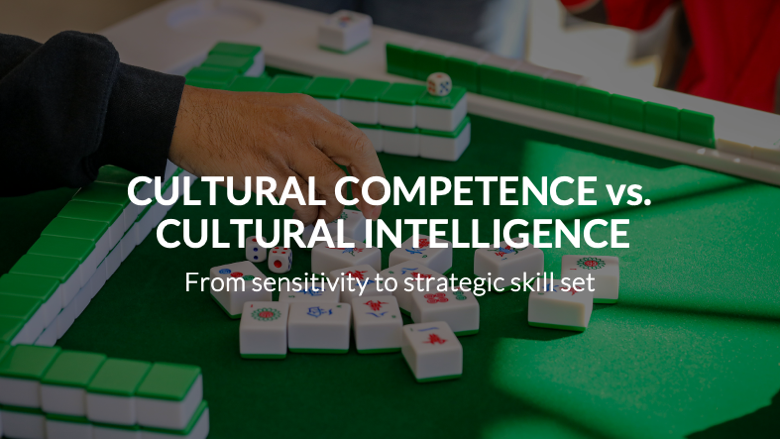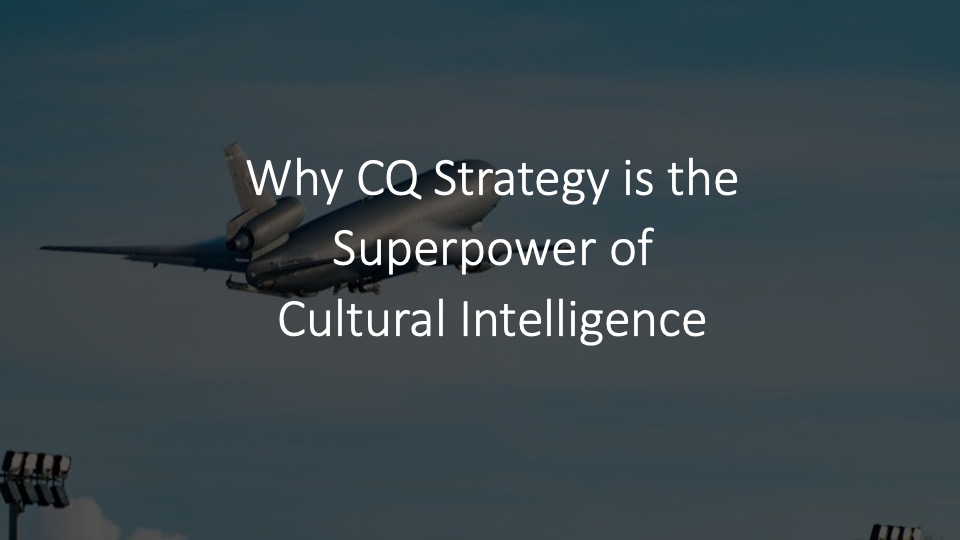I’ve often prided myself upon how deeply I think and reflect about things….not at the expense of action. In fact, “thinking” is sometimes a way for me to bide the time when I’m bored on a plane or tuned out during a presentation. I’m constantly reflecting upon situations and considering what they mean for me and the people surrounding me.
I’ve often admonished others to engage in a similar level of thinking and reflection as a crucial way to improve their cultural intelligence and leadership. But I’m beginning to think…um…sense that I just might think too much for my own good.
The other day I was walking with my daughter Grace across the frozen lake by our house. We were having a blast together. But while we were out there I thought about how quickly she’s growing up…my desire to make the most of her adolescence… which made me wonder whether we’re saving enough for college. And then I began to think about the upcoming kite festival that happens on our lake every February which made me think about a speaking engagement I have next month that I have to begin preparing for. Lost in my thoughts, Grace “interrupted” with her question: “Dad! Did you hear what I said?”
Busted.
There’s nothing really new about this scenario, right? To be “present” when we’re with our loved ones, friends, and co-workers is en vogue language wherever I go these days.
But my friend David Rock, a thought leader in “neuroleadership” and author of the excellent book, Your Brain At Work, introduced me to the neuroscience behind my obsession with living in my head and reflecting. I’ve begun to see that all this thinking can actually erode cross-cultural effectiveness (and parenting!).
Rock refers to the 2007 study led by Norman Farb at the University of Toronto who broke new ground by neurologically examining two distinct ways we experience the world: Lost in Thought vs. In the Moment. The technical terms are “Narrative Focus” vs. “Experiential Focus”. Learning about these two different ways of experiencing any situation has been a real breakthrough for me.
Narrative Focus (Lost in Thought) is the default mode by which we experience the world. We observe something, judge what’s going on, and interpret what it means. It’s a natural part of how we’re wired. We’re using the medial prefrontal cortex of the brain and memory regions, such as the hippocampus. It’s called “narrative” because this is the part of the brain that holds together the story by which we view the world. Some might refer to it as our worldview.
When operating from the narrative focus, I notice something and I immediately focus upon how this connects with me and my view of the world. This is what I was doing with Grace on the lake. Or this is what I often do if a friend tells me about his child who is making some bad choices. I listen with one ear but I think in my head about why his kid is doing this and whether I can ensure mine won’t. I listen to the news and fit the reporting and events into my mental categories. And when I encounter a new culture, I’m tempted to make snap judgments about cleanliness, manners, and efficiency.
It’s certainly not a new idea to me that I need to slow down from rushing to judgment if I’m going to behave with emotional or cultural intelligence. But I’ve often thought that living in my head, journaling compulsively, and reflecting on situations was a real asset to cultural intelligence. It is a valuable component. But if we’re not careful, it can actually be a roadblock—whether it’s a fun walk across the frozen lake or working with someone a world away.
Experiential Focus (In the Moment) is a way of experiencing the world that doesn’t think intently about the past, the future, or what something means. Instead, this is the practice of simply taking in stimuli as they come to our senses in real time. During experiential focus, neuroscientists find that several brain regions become more active, including the insula—a region that relates to perceiving bodily sensations; and the anterior cingulated cortex is also activated—a region central to switching your attention.
This might mean sliding across the ice with Grace, feeling the contrast of the warmth of the sun above us and the cold air from below. And simply enjoying the moment of a spontaneous activity with my daughter, taking in her laughter and her questions about how the swans survive all winter…and holding at bay the thoughts chafing for attention.
Ironically, this sounds like the absence of thinking but instead, it’s a very conscious choice to not move into the internal world of our own narratives and instead, to focus on the moment at hand. That’s why it’s so hard. The brain is naturally inclined to default into a narrative focus. But as I learn to activate the experiential focus of my brain, I can consciously choose to stop myself from thinking about the upcoming work I need to do to prepare for February.
Switch Back and Forth
The goal is to consciously choose which brain circuitry is best suited to a situation. Farb found that the more people noticed the two different paths of thinking, the more easily they could switch between the two.
A narrative focus is well suited for organizing, planning, and developing goals. It’s the focus that helps us to question our assumptions and to examine our cultural perspectives against others, hence the many years I’ve spent emphasizing this type of thinking.
But the experiential focus will help us get closer to the reality of any event. It allows us to pick up on cues we might otherwise miss by perceiving more information about the events occurring around us. And it makes us less imprisoned to our own expectations and assumptions and allows us to be able to more actively respond to events as they unfold.
I expect to do a great deal more thinking…err…experimenting with this personally and with others. So expect to hear much more from me on this as it relates to CQ and global leadership. For now, I’m off for a run around the lake. Let’s see whether I can leave the narrative focus for the next 30 minutes.




